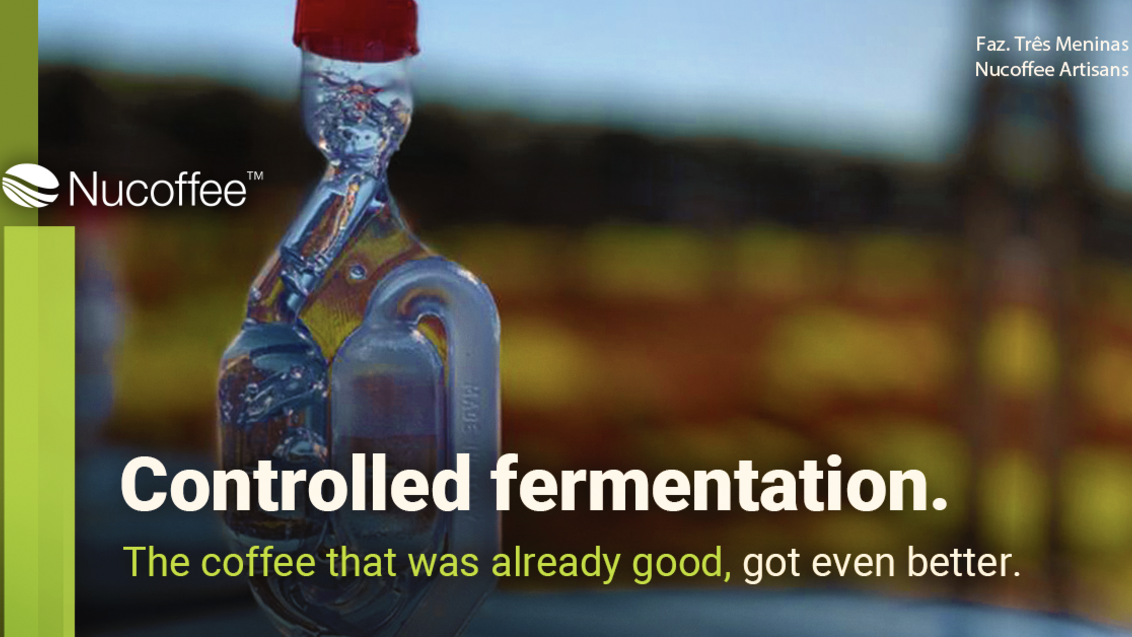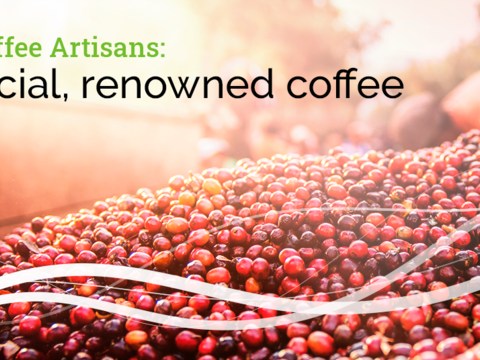Controlled fermentation: The coffee that was already good, got even better

One of the features of Syngenta’s DNA is the protection of innovation. Among so many empirical processes in the market, it was necessary to innovate with intelligence, and above all, with scientific background. Mainly because Brazil is the world’s largest exporter of coffee.
During the past few years, the coffee industry in Brazil has experience a great progress. Certainly, coffee growers have participated and contributed to this evolution, committing themselves to enhance the quality of their product.
Nucoffee has been present with innovation to seek a competitive advantage. Through concepts of quality, training, and innovative processes, such as Controlled Fermentation, where the natural degradation of coffee pulp and mucilage by microorganisms occurs. This process generates acids, esters and other metabolites that are likely to interfere with the taste and aroma of the final beverage.
The origin of Controlled Fermentation
It all started at the Federal University of Lavras (UFLA - Universidade Federal de Lavras), when the researcher and professor Rosane Schwan selected strains from the coffee microbiota, that is, the natural environment of coffee. Among the different microorganisms, she selected those that responded positively to the fermentation process and removed those that had a negative impact.
After identifying the best microorganisms, she started the purification process, concentrating these microorganisms on a formulation and multiplying it until it reached the coffee grower as a ready-to-use technology.
The next step was to search for a simple, cost-effective and viable way to implement the controlled fermentation on every coffee grower, so that they could learn and apply this process following a protocol. All this process has undergone many years of research, with different experimental designs, in an attempt to select the type of bioreactor. Both the high-density polyethylene bioreactor and the stainless steel bioreactor were scientifically validated. Thus, we designed a bioreactor model that, although practical and low cost, allows transforming the raw material into the final product.
How Controlled Fermentation adds quality to coffee
There are several variables in the process, which may put the product quality at risk. Therefore, each step requires discipline and extreme care. From the selection of the soil (talhão), and the quality of raw material (coffee), the uniformity of microorganism inoculation, where the bean chemical transformation occurs and generates new precursors of flavor and aroma, until the dilution of the dose and monitoring of temperature during the fermentation process.
At the end, besides all the positive results obtained with the controlled fermentation process, its complexity has the greatest impact on the coffee value. Despite the body and sweetness of Brazilian coffee, some gaps in the sensory profile remained. When a good fermentation occurs, it explores all the coffee sensations, making it a complex, innovative, rich and striking product.
It is an innovative process that transforms coffee and offers highly consistent results, product scalability and, mainly, new markets with high quality control standards in our production.

